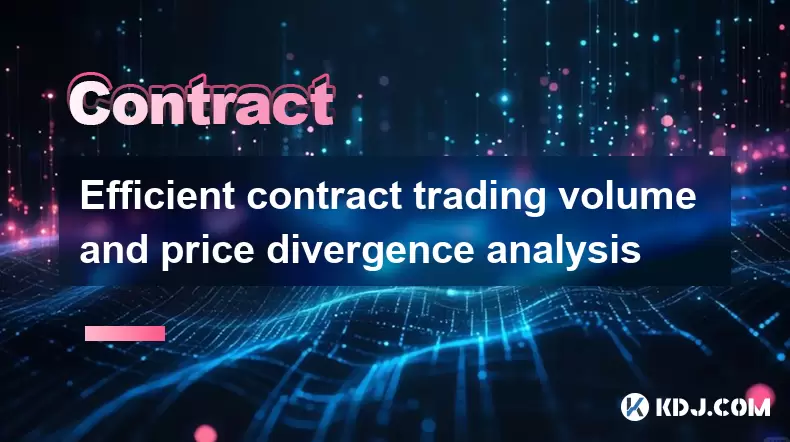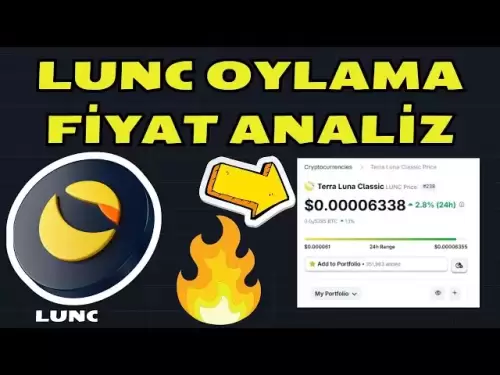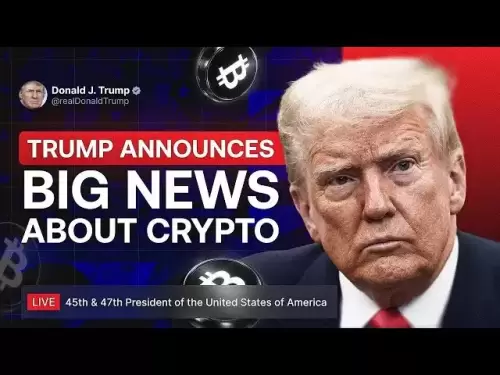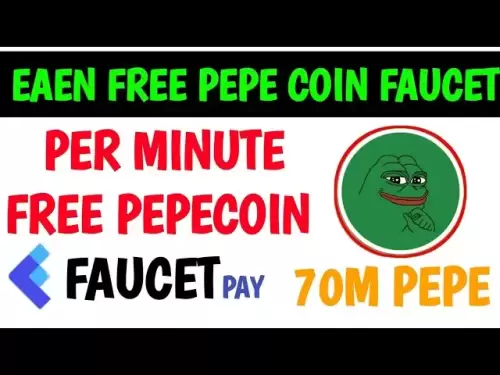-
 Bitcoin
Bitcoin $118000
0.67% -
 Ethereum
Ethereum $3750
0.71% -
 XRP
XRP $3.183
1.61% -
 Tether USDt
Tether USDt $1.000
-0.01% -
 BNB
BNB $788.1
1.21% -
 Solana
Solana $186.0
0.85% -
 USDC
USDC $0.9999
-0.02% -
 Dogecoin
Dogecoin $0.2373
1.25% -
 TRON
TRON $0.3204
1.76% -
 Cardano
Cardano $0.8266
1.85% -
 Hyperliquid
Hyperliquid $44.04
1.28% -
 Sui
Sui $4.192
5.88% -
 Stellar
Stellar $0.4399
2.63% -
 Chainlink
Chainlink $18.40
1.19% -
 Hedera
Hedera $0.2842
9.06% -
 Bitcoin Cash
Bitcoin Cash $560.5
2.46% -
 Avalanche
Avalanche $24.99
4.58% -
 Litecoin
Litecoin $114.5
1.25% -
 UNUS SED LEO
UNUS SED LEO $8.980
-0.03% -
 Shiba Inu
Shiba Inu $0.00001406
0.53% -
 Toncoin
Toncoin $3.306
4.27% -
 Ethena USDe
Ethena USDe $1.001
0.03% -
 Polkadot
Polkadot $4.169
2.37% -
 Uniswap
Uniswap $10.56
1.95% -
 Monero
Monero $322.8
1.06% -
 Dai
Dai $0.0000
0.00% -
 Bitget Token
Bitget Token $4.545
0.12% -
 Pepe
Pepe $0.00001261
1.29% -
 Aave
Aave $296.5
1.27% -
 Cronos
Cronos $0.1379
5.90%
Efficient contract trading volume and price divergence analysis
High trading volume with significant price divergence in crypto futures can signal strong market sentiment and potential price movements.
Jun 06, 2025 at 10:14 pm

Introduction to Contract Trading Volume and Price Divergence
Contract trading volume refers to the total number of futures or options contracts traded within a specific period in the cryptocurrency market. This metric is crucial as it provides insights into the liquidity and interest in a particular asset. On the other hand, price divergence occurs when the price of a cryptocurrency futures contract deviates from the spot price of the underlying asset. Analyzing these two aspects together can offer valuable insights into market trends and potential trading opportunities.
Understanding Contract Trading Volume
Contract trading volume is a fundamental metric for traders and investors in the cryptocurrency market. It indicates the level of activity and interest in a specific futures or options contract. High trading volume typically suggests a high level of liquidity, making it easier to enter and exit positions without significantly affecting the price. Conversely, low trading volume might indicate less interest or liquidity, which can lead to higher volatility and larger price swings.
To analyze contract trading volume effectively, traders often use various technical analysis tools and platforms. For instance, charting software like TradingView or Coinigy can display volume data alongside price charts, allowing traders to identify patterns and trends. Additionally, traders might use volume indicators such as the Volume Weighted Average Price (VWAP) or the On-Balance Volume (OBV) to gain deeper insights into market dynamics.
Exploring Price Divergence in Cryptocurrency Futures
Price divergence in cryptocurrency futures occurs when the futures price moves away from the spot price of the underlying asset. This divergence can be positive or negative. Positive divergence happens when the futures price is higher than the spot price, indicating bullish sentiment. Negative divergence, on the other hand, occurs when the futures price is lower than the spot price, signaling bearish sentiment.
Understanding price divergence is crucial for traders as it can signal potential market movements. For instance, if a significant positive divergence is observed, it might suggest that traders expect the spot price to rise soon. Conversely, a persistent negative divergence could indicate upcoming bearish trends. To analyze price divergence, traders often use tools like the futures curve or the basis, which is the difference between the futures price and the spot price.
Analyzing the Relationship Between Volume and Price Divergence
The relationship between contract trading volume and price divergence is complex but can provide valuable insights into market dynamics. High trading volume coupled with significant price divergence can indicate strong market sentiment and potential upcoming price movements. For example, if a cryptocurrency futures contract experiences high volume and positive divergence, it might suggest that traders are aggressively buying futures in anticipation of a price increase.
To analyze this relationship, traders can use a combination of volume analysis and price divergence indicators. For instance, they might look for periods of high volume followed by significant price divergence to identify potential trading opportunities. Additionally, traders can use correlation analysis to understand how closely volume and price divergence are related, which can help in making more informed trading decisions.
Tools and Techniques for Efficient Analysis
To conduct an efficient analysis of contract trading volume and price divergence, traders can utilize various tools and techniques. Here are some common methods:
- Charting Software: Platforms like TradingView or Coinigy allow traders to visualize volume and price data on the same chart, making it easier to identify patterns and trends.
- Volume Indicators: Tools like VWAP and OBV can help traders understand the relationship between volume and price movements.
- Futures Curve Analysis: By examining the futures curve, traders can identify periods of significant price divergence and understand market expectations.
- Correlation Analysis: Using statistical tools to measure the correlation between volume and price divergence can provide deeper insights into market dynamics.
- Automated Trading Algorithms: Some traders use algorithms to automatically analyze volume and price divergence data, enabling them to make quicker and more informed trading decisions.
Practical Steps for Analyzing Volume and Price Divergence
To analyze contract trading volume and price divergence effectively, traders can follow these practical steps:
- Select a Reliable Data Source: Choose a reputable data provider or platform that offers accurate and up-to-date information on futures trading volume and prices.
- Set Up Your Analysis Tools: Use charting software or trading platforms to set up charts that display both volume and price data. Ensure that you have access to necessary indicators like VWAP and OBV.
- Identify Key Timeframes: Determine the timeframes you want to analyze, such as daily, weekly, or monthly data, depending on your trading strategy.
- Analyze Volume Patterns: Look for patterns in trading volume, such as spikes or consistent increases, which can indicate market interest and liquidity.
- Monitor Price Divergence: Use tools like the futures curve or basis to monitor price divergence. Pay attention to significant divergences that might signal upcoming market movements.
- Correlate Volume and Divergence: Use correlation analysis to understand how volume and price divergence are related. Look for periods where high volume coincides with significant divergence.
- Make Informed Trading Decisions: Based on your analysis, make trading decisions that align with your risk tolerance and investment goals. For instance, if you observe high volume and positive divergence, you might consider entering a long position.
Frequently Asked Questions
Q1: How can traders use contract trading volume to predict price movements?
A1: Traders can use contract trading volume to predict price movements by analyzing volume patterns and trends. For example, a sudden spike in volume might indicate increased interest and potential price movement. By combining volume analysis with other technical indicators, traders can make more informed predictions about future price trends.
Q2: What are the risks associated with trading based on price divergence?
A2: Trading based on price divergence can be risky as it involves speculating on future price movements. If the divergence does not lead to the expected price change, traders could face significant losses. Additionally, factors like market manipulation or sudden news events can affect price divergence, adding to the risk.
Q3: How can automated trading algorithms enhance the analysis of volume and price divergence?
A3: Automated trading algorithms can enhance the analysis of volume and price divergence by processing large amounts of data quickly and accurately. These algorithms can identify patterns and correlations that might be difficult for human traders to spot, enabling them to make faster and more informed trading decisions.
Q4: Can volume and price divergence analysis be applied to other financial markets besides cryptocurrency?
A4: Yes, volume and price divergence analysis can be applied to other financial markets, such as stocks, commodities, and forex. The principles remain the same, although the specific tools and indicators might vary depending on the market. Traders in these markets can use similar techniques to analyze volume and price divergence and make informed trading decisions.
Disclaimer:info@kdj.com
The information provided is not trading advice. kdj.com does not assume any responsibility for any investments made based on the information provided in this article. Cryptocurrencies are highly volatile and it is highly recommended that you invest with caution after thorough research!
If you believe that the content used on this website infringes your copyright, please contact us immediately (info@kdj.com) and we will delete it promptly.
- Altcoins on Fire: BlockDAG's Presale Bonanza, Hyperliquid's Breakout Potential, and More!
- 2025-07-27 07:30:12
- Ruvi AI: Riding the Token Explosion Wave After CoinMarketCap Listing
- 2025-07-27 06:30:12
- Commemorative Coin Spotlight: Acharya Mahapragya and the Circuit de Spa-Francorchamps Coin Issue
- 2025-07-27 06:30:12
- Bitcoin Targets New All-Time Highs: Trader's Bullish $127,000 Target
- 2025-07-27 04:50:12
- Bitcoin Price Dip? Smart Investors Buy Crypto Presales Now!
- 2025-07-27 04:30:12
- Pepe Price, Meme Coins, and Investments: What's the Hype?
- 2025-07-27 05:30:13
Related knowledge

Why is my Bitstamp futures position being liquidated?
Jul 23,2025 at 11:08am
Understanding Futures Liquidation on BitstampFutures trading on Bitstamp involves borrowing funds to open leveraged positions, which amplifies both po...

Does Bitstamp offer inverse contracts?
Jul 23,2025 at 01:28pm
Understanding Inverse Contracts in Cryptocurrency TradingIn the realm of cryptocurrency derivatives, inverse contracts are a specific type of futures ...

What is the difference between futures and perpetuals on Bitstamp?
Jul 27,2025 at 05:08am
Understanding Futures Contracts on BitstampFutures contracts on Bitstamp are financial derivatives that allow traders to speculate on the future price...

How to find your Bitstamp futures trade history?
Jul 23,2025 at 08:07am
Understanding Bitstamp and Futures Trading AvailabilityAs of the current state of Bitstamp’s service offerings, it is critical to clarify that Bitstam...

Can I use a trailing stop on Bitstamp futures?
Jul 23,2025 at 01:42pm
Understanding Trailing Stops in Cryptocurrency TradingA trailing stop is a dynamic type of stop-loss order that adjusts automatically as the price of ...

Can I use a trailing stop on Bitstamp futures?
Jul 25,2025 at 02:28am
Understanding Trailing Stops in Cryptocurrency Futures TradingA trailing stop is a dynamic type of stop-loss order that adjusts automatically as the m...

Why is my Bitstamp futures position being liquidated?
Jul 23,2025 at 11:08am
Understanding Futures Liquidation on BitstampFutures trading on Bitstamp involves borrowing funds to open leveraged positions, which amplifies both po...

Does Bitstamp offer inverse contracts?
Jul 23,2025 at 01:28pm
Understanding Inverse Contracts in Cryptocurrency TradingIn the realm of cryptocurrency derivatives, inverse contracts are a specific type of futures ...

What is the difference between futures and perpetuals on Bitstamp?
Jul 27,2025 at 05:08am
Understanding Futures Contracts on BitstampFutures contracts on Bitstamp are financial derivatives that allow traders to speculate on the future price...

How to find your Bitstamp futures trade history?
Jul 23,2025 at 08:07am
Understanding Bitstamp and Futures Trading AvailabilityAs of the current state of Bitstamp’s service offerings, it is critical to clarify that Bitstam...

Can I use a trailing stop on Bitstamp futures?
Jul 23,2025 at 01:42pm
Understanding Trailing Stops in Cryptocurrency TradingA trailing stop is a dynamic type of stop-loss order that adjusts automatically as the price of ...

Can I use a trailing stop on Bitstamp futures?
Jul 25,2025 at 02:28am
Understanding Trailing Stops in Cryptocurrency Futures TradingA trailing stop is a dynamic type of stop-loss order that adjusts automatically as the m...
See all articles

























































































